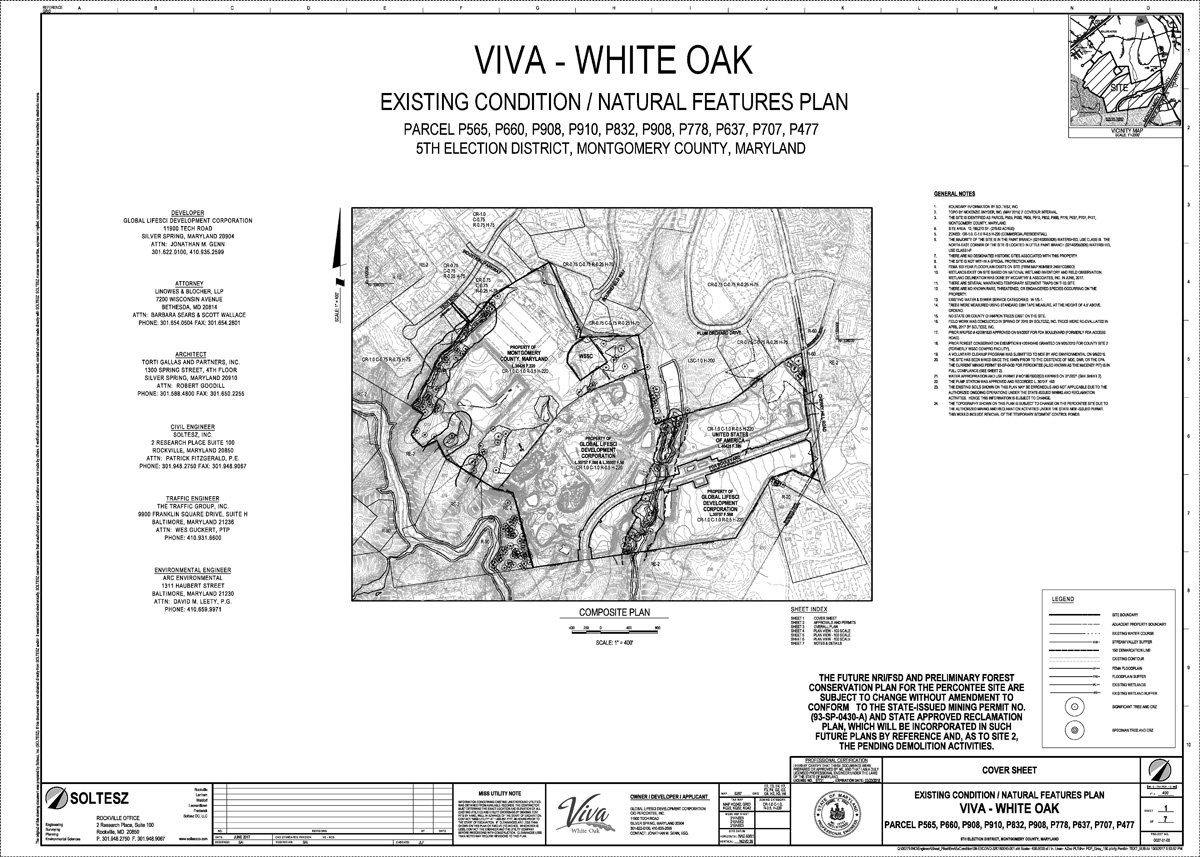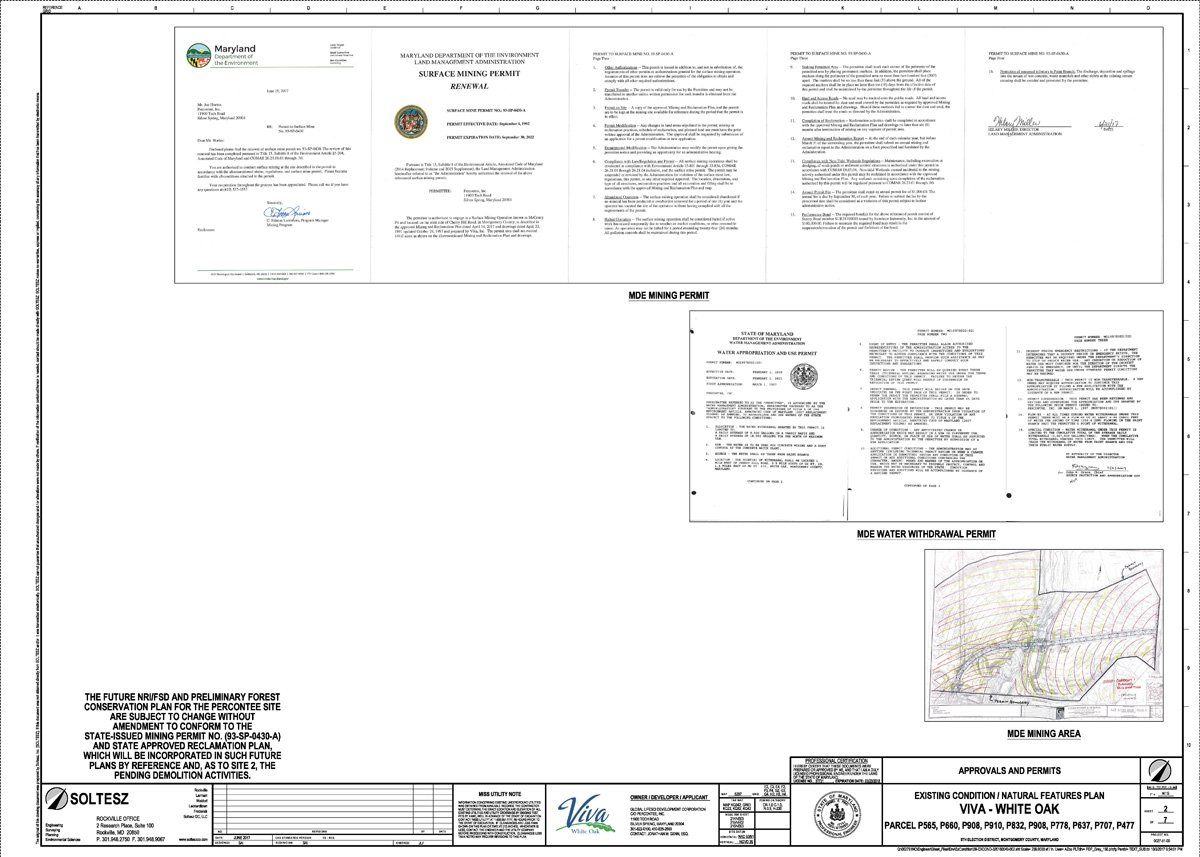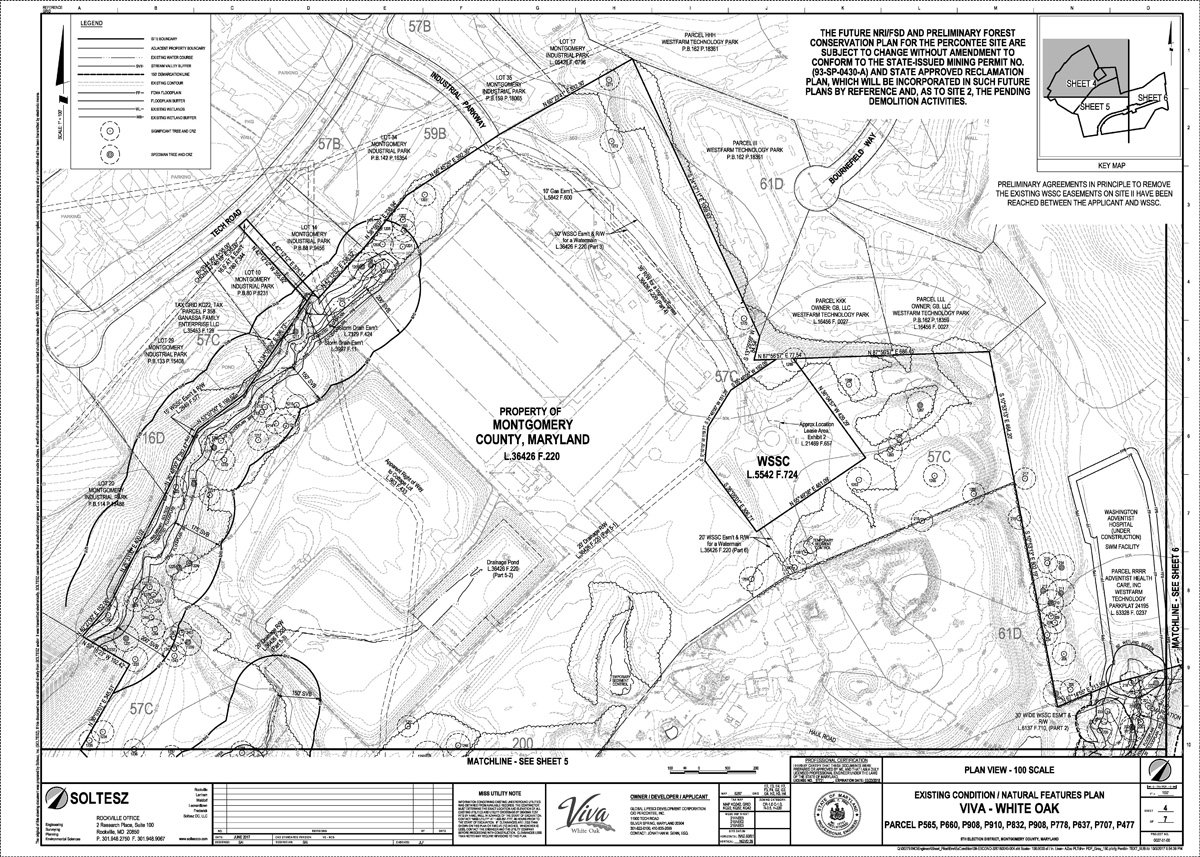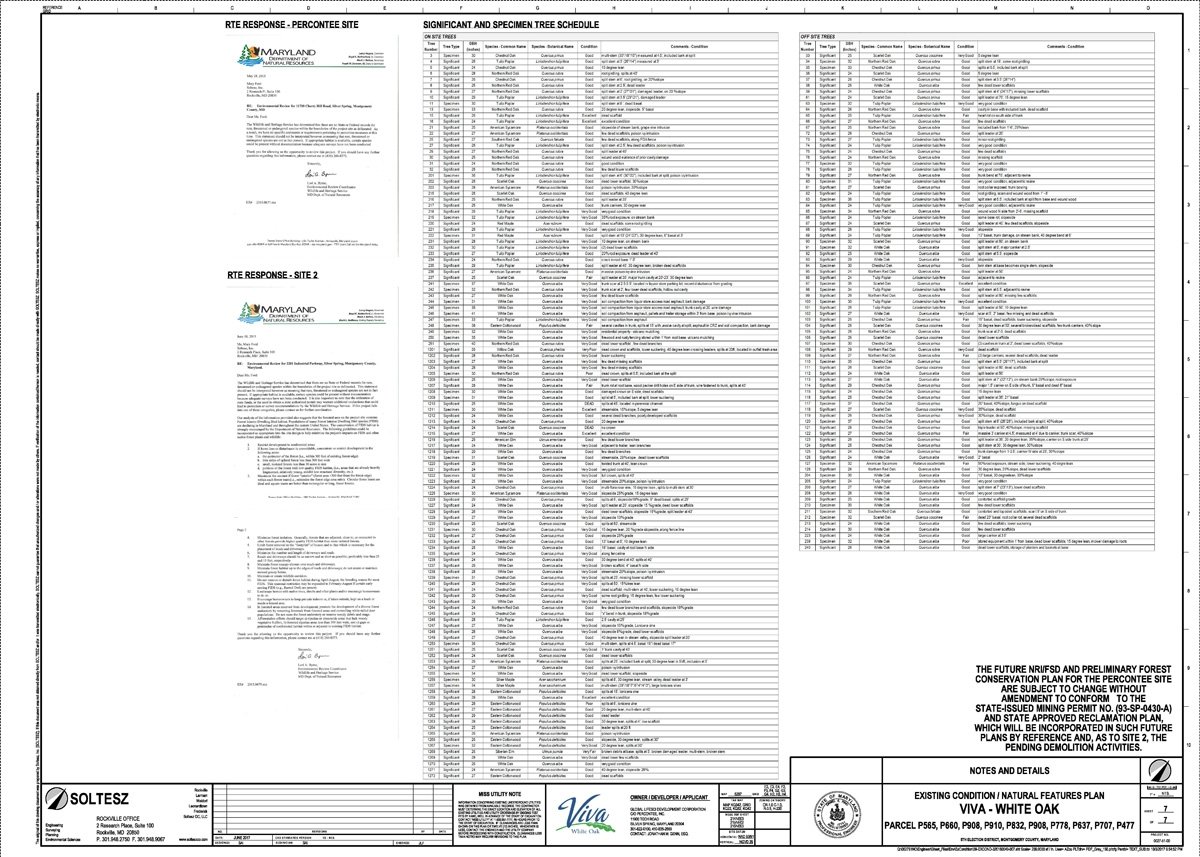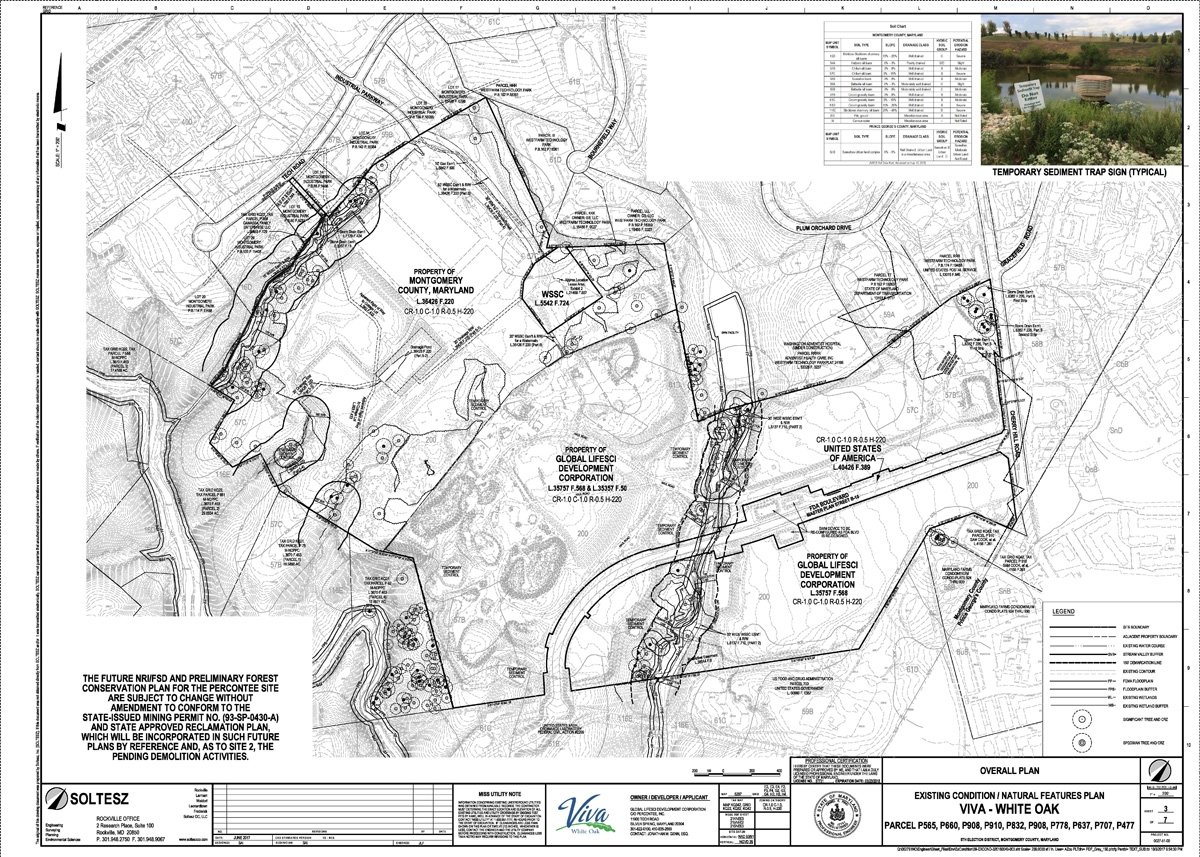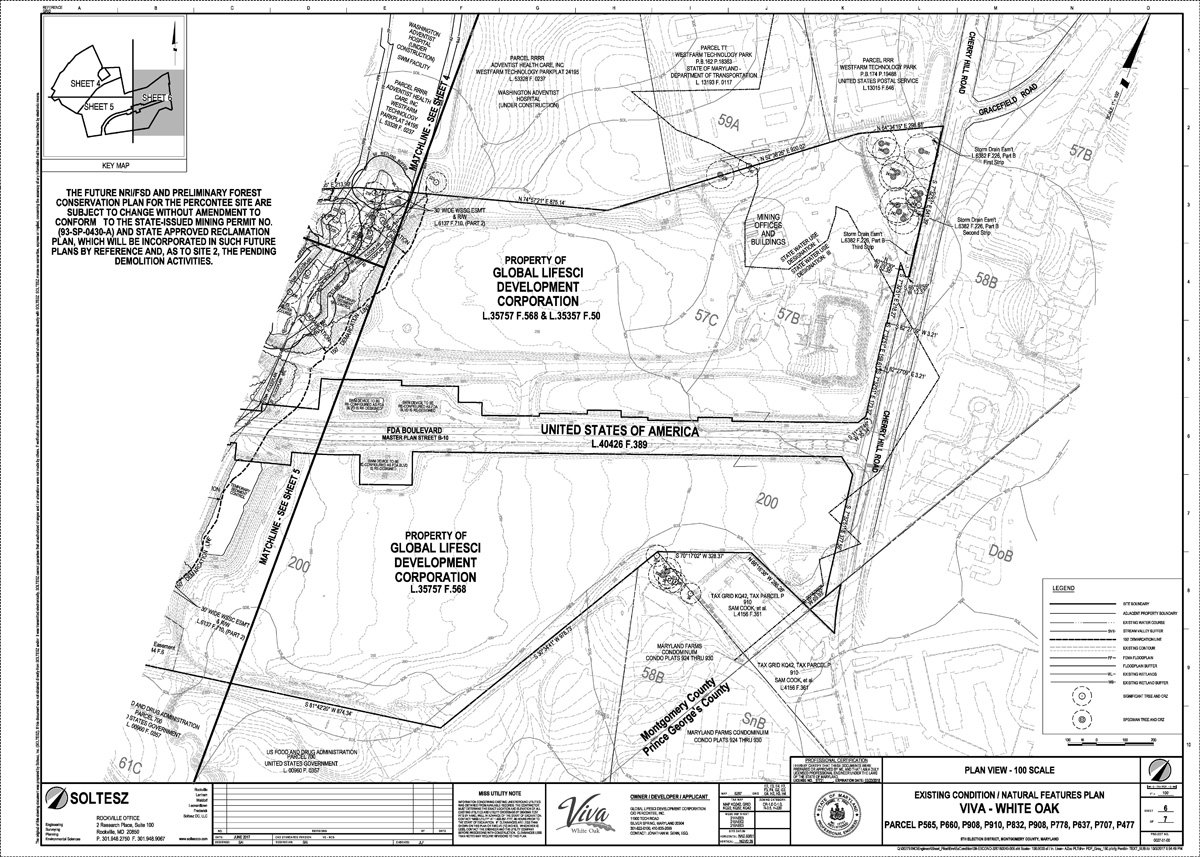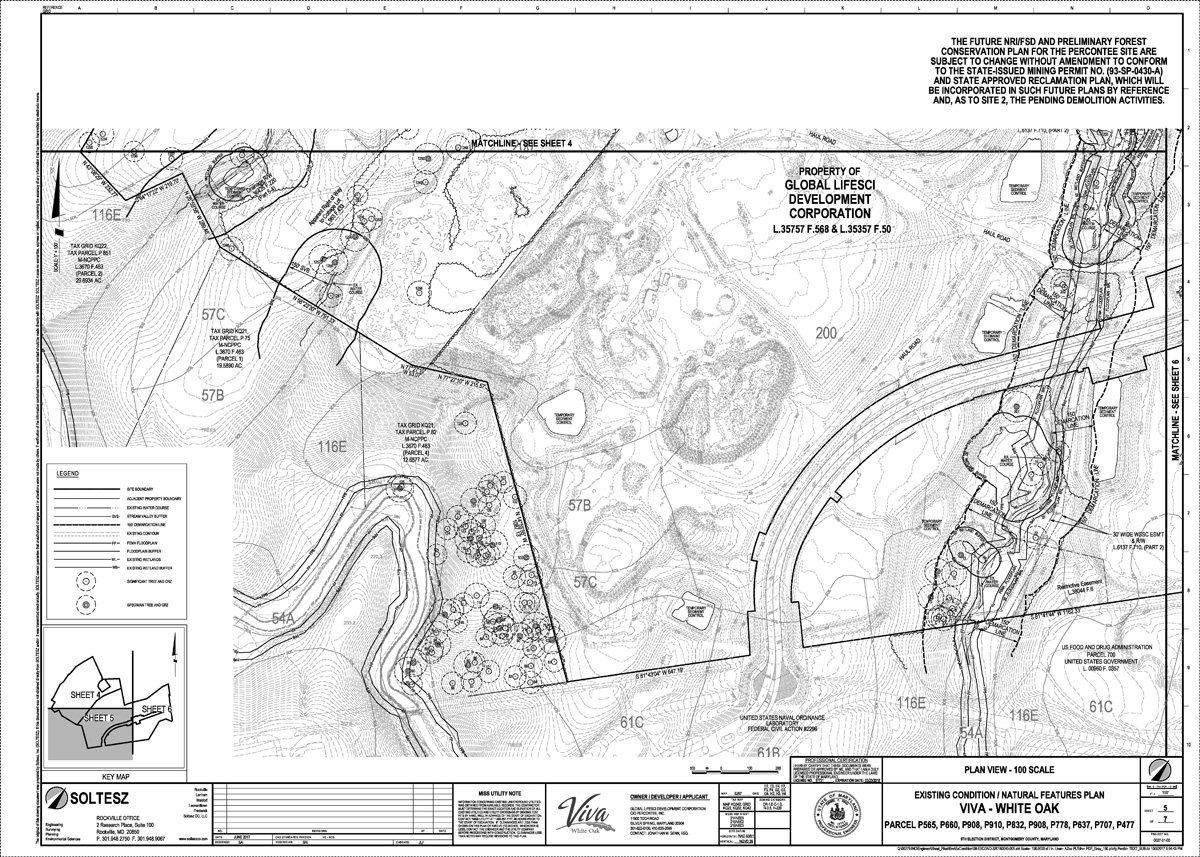Environmental investigations of the Percontee property (Site) date back to 2014 and consisted of a Phase I Environmental Site Assessment (ESA) and a Phase II ESA. The Phase I ESA was completed at the Site in October 2014 and identified several Recognized Environmental Conditions (RECs). The REC carrying the greatest risk included the past Site operations as a gravel quarry and the undocumented fill used to reclaim the mined areas of the Site. Minor RECs at the Site consisted of localized areas of surface staining from poor housekeeping of aboveground storage tanks, storage of hazardous and regulated substances, and current and historic uses of underground storage tank (UST) equipment.
In the spring of 2015, GLDC conducted a Phase II ESA the Site to evaluate the RECs identified in the Phase I ESA as well as establish baseline environmental conditions at the Site. This Phase II ESA effort consisted of installation of 39 soil borings, test pits, and temporary wells, and characterization of soil, sediment, surface water, groundwater, and soil gas across the 171-acre Site. This effort has identified the presence of metals, semi-volatile organic compounds (SVOCs) and petroleum compounds in soil, groundwater, and surface water at the Site exceeding the Anticipated Typical Concentration (ATC) and Maryland Department of the Environment (MDE) Residential Cleanup Criteria (RCS) in soil, the MDE Groundwater Cleanup Standards (GWS) in groundwater and the Maryland Numerical Criteria for Toxic Substances in Surface Water Standard (MNC) in surface water. By direct comparison to these standards, risks to future occupants of the Site appear to exist and a remedy to address these impacts will likely be necessary in order to receive and record closure determinations for each future parcel of the master development.
Plans for remediation, if any, will consist of a containment remedy, and/or temporary fencing and/or signage, and deed restrictions to address risks to future occupants and construction workers associated with impacts to soil, groundwater, and surface water exceeding the above criteria. Alternative measures may be considered if unanticipated vapor or hazardous materials are discovered in the future.

